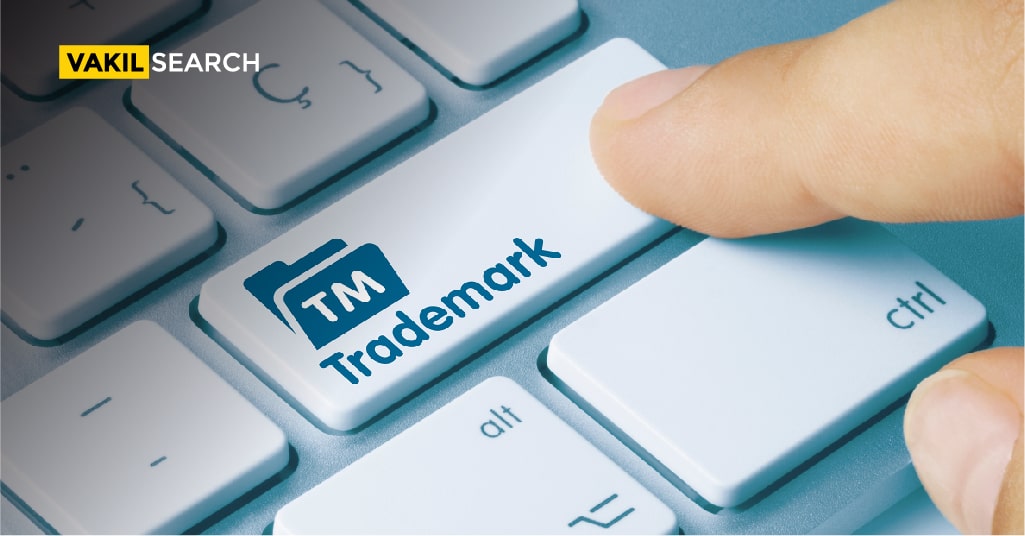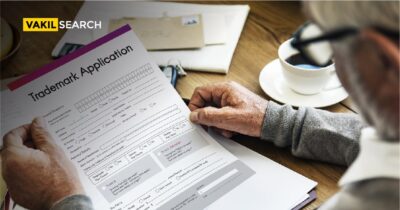As a trademark applicant, you might wonder how the COVID delays impact your application. In this article, you shall see how the impact of COVID delays on the examination of trademark applications took place.
During COVID, businesses, corporations, or individuals in the United States and Canada used the filing system to submit documents electronically. This means that rather than physically sending in a document, all parties involved can submit information online.
Vakilsearch‘s free trademark search tool helps you to check trademark availability before you begin the registration process.
Impact of COVID Delays on Examination of Trademark Applications: Introduction
Prior to the COVID-19 global pandemic, the United States Patent and Trademark Office reviewed and acted on new trademark registrations within three months of filing. A substantive preliminary examination is a crucial step for any trademark applicant since it serves as a foundation for the trademark office’s opinion. Visiting the trademark office to evaluate attorneys, searching the availability of marks, and raising citations to possible conflicting prior filings in office actions. As part of the initial examination, the appropriateness of the identifications of goods and services claimed in Trademark applications is also assessed.
When COVID Delays went into effect in March 2020, the trademark office went almost entirely remote like many other federal government offices. The trademark office still takes approximately 7.5 months to conduct and report these examinations. This raises several issues for trademark applicants and brand owners to consider when prosecuting and enforcing their trademarks.
After the most catastrophic time frame of pandemic-induced lockdowns and business disruptions ended in late 2020 and early 2021, the US trademark office experienced an ‘extraordinary surge’ in Trademark applications. The immediate effect was a significant increase in the time it took the trademark office to conduct pre-examination processing of new applications, which ballooned to nearly three months, compared to the office’s target of ten days.
Check Here to more about: https://services.india.gov.in/service/detail/online-apply-for-a-trade-mark-allocation-1
The filing spree has now spread to the trademark application and post-registration processes, causing significant processing COVID delays.
According to the trademark office, applicants are currently likely to face longer-than-usual wait times in several key areas, including trademark filings appearing in the electronic records system, new trademark applications being assigned to examining attorneys, applicants’ responses to office actions being processed and acted upon, and the trademark office processing post-registration filings.
Practice Considerations
Until these delays abate, trademark applicants, brand owners, and their counsel should consider the current situation when approaching trademark office filings and enforcement activity.
These groups may want to keep the following practices in mind to help them adjust to the current delays:
- File early and give greater consideration to potentially conflicting marks: Applicants are unlikely to receive their first substantive feedback from the trademark office on a new application for well over a year at this time. This increases the likelihood that an applicant will have adopted and begun using a mark before the trademark office raises a potentially conflicting prior filing. Thus, it may be locked into it for several months. This means that applicants should consider filing trademark applications for intended marks as early as possible in their development process. Similarly, applicants may want to consider commissioning comprehensive clearance searching before filing for or adopting new marks. In addition, they may want to give relevant hits uncovered in such searches a wider berth than usual to reduce the likelihood of drawing citations to prior filings. When adopting new marks, applicants should also consider potential contingencies for what they might do if a prior-filed mark was ultimately cited against them, such as rebranding, making common law use, etc. This information can help them calculate the risks associated with filing new marks.
- Evaluate strategies for international filings: Applicants based in the United States may extend their US trademark application filings to other jurisdictions by online filing of trademark under the Madrid Protocol. The international filing is made within six months of the initial US priority filing. This method may be less expensive than filing directly in each foreign jurisdiction. However, if the initial US filing for a subsequent global trademark registration is rejected, the viability of subsequent foreign filings may be jeopardised. The trademark office’s preliminary examination was helpful to applicants when deciding about international filings when it examined trademark applications within three months, as it did before the pandemic. Considering that initial examinations now typically take more than six months, applicants should carefully consider extending their rights abroad through international registrations or direct foreign filings, being aware that the USPTO may reject an international priority filing made after the deadline.
- Resolve issues directly with examiners: The trademark office’s current processing delays have the additional consequence that the trademark office is now taking far longer to respond to formally filed responses to office actions. This is especially true for responses pertaining to ministerial changes. It is advisable to resolve issues with applications by examiner’s amendments directly with examining attorneys when possible. Inappropriate instances, instead of filing written responses to office actions, applicants may correspond with examining attorneys by phone or email. This is so they can amend trademark applications to resolve identified issues and advance applications. A few of them are amending the description of goods and services, accepting disclaimers, and changing mark descriptions. Prior to the current situation development, this approach was available; however, now, it is beneficial to speed up an examiner’s approval of an application.
- Consider challenging new filings: Brand owners now have more time to raise specific objections to new applications. Owners of previously filed applications and registrations, for example, may file letters of protest with the trademark office’s Office of the Deputy Commissioner for Trademark Examination Policy. A letter of protest is a procedure by which third parties may submit objective evidence bearing on the registrability of a mark for consideration and inclusion in the record of a trademark application.37 CFR § 2.149(a). Typically, a senior mark owner will flag its prior rights as a proposed basis for the examining attorney to cite the protestor’s applications and/or registrations in opposition to a junior filing. Specifically, brand owners have more time to object to upcoming trademark applications. Trademark owners who have already filed applications and registrations may file letters of protest with the Deputy Commissioner for Trademark Examination Policy at the Trademark Office. It is a procedure whereby third parties can submit an objective newly developed that relates to the registrability of a mark to be considered and incorporated into a trademark record. 37 CFR § 2.149 (a). In most cases, a senior mark owner will suggest the examining attorney cite a protestor’s applications and/or registrations against a junior filing in support of its prior rights. Suppose the Deputy Commissioner accepts the mark owner’s letter of protest. In that case, the basis for the potential refusal for instance, the mark owner’s prior filings will be forwarded to the examiner to review. An ex parte protest letter is only applicable to pending trademark applications. It is intended to aid the examination without causing undue delay or jeopardising the integrity and objectivity of the ex parte examination process.TMEP §1715
Letters of protest usually take the Deputy Commissioner two months to review and act on. Therefore, the current increase in pendency time gives mark owners more time to consider and file letters of protest. These challenges can be included in an application file before the examination. Deputy Commissioners are not required to refer protests to examining attorneys; however, they often include some of a protestor’s asserted reasons for refusing the initial office action.
Conclusion
It is in the best interest of all parties involved in the trademark applications and registration process to remain up-to-date on prevailing trends in the trademark office’s examination practices and procedures in order to maximise their likelihood of obtaining favorable outcomes.
Also, Read:










